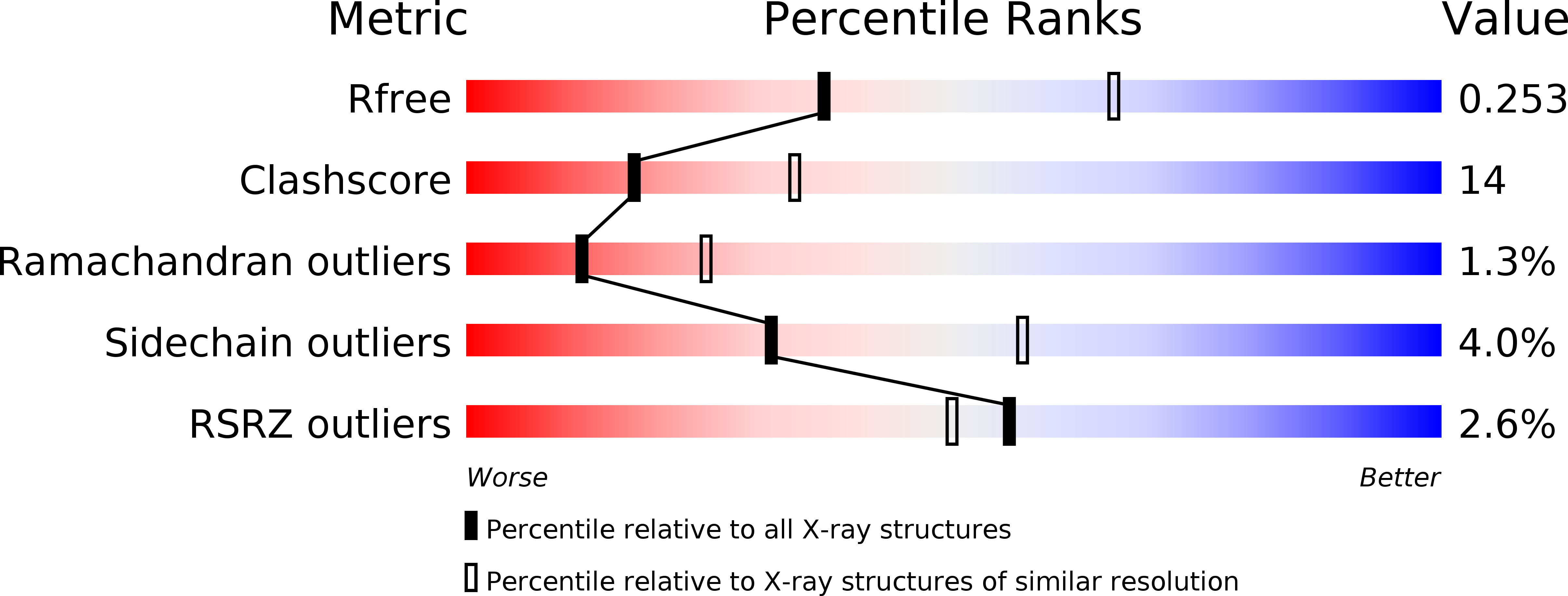
Deposition Date
2002-12-12
Release Date
2003-03-06
Last Version Date
2023-12-13
Entry Detail
PDB ID:
1O9E
Keywords:
Title:
Structural view of a fungal toxin acting on a 14-3-3 regulatory complex
Biological Source:
Source Organism:
NICOTIANA TABACUM (Taxon ID: 4097)
Host Organism:
Method Details:
Experimental Method:
Resolution:
2.60 Å
R-Value Free:
0.25
R-Value Work:
0.22
R-Value Observed:
0.22
Space Group:
P 65 2 2


